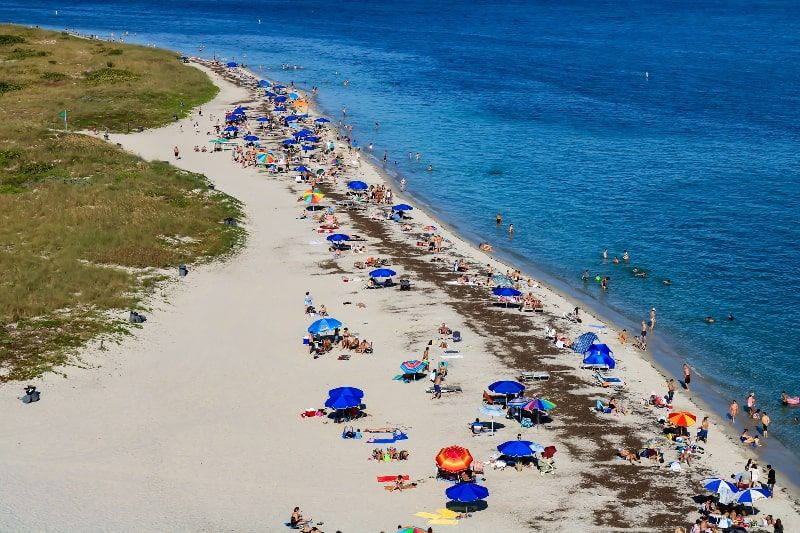Florida's Seaweed Conditions: What Tourists Need to Know
Unravel the twist in South Florida's beach saga as sargassum takes an unexpected dip in mass, leaving scientists puzzled. Dive into the mystery of shrinking seaweed and its potential impact on Vibrio bacteria, as cleanup efforts intensify.





